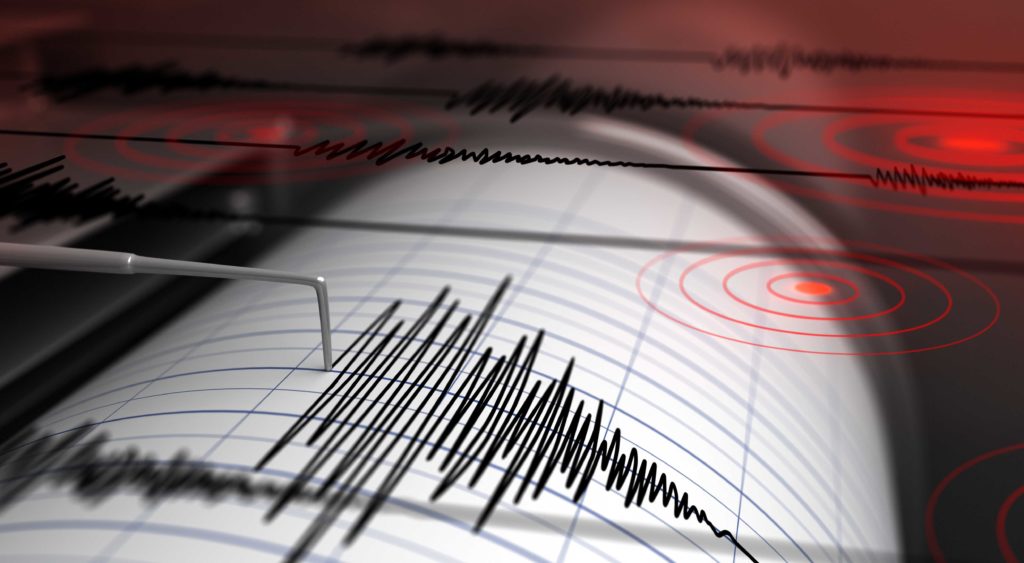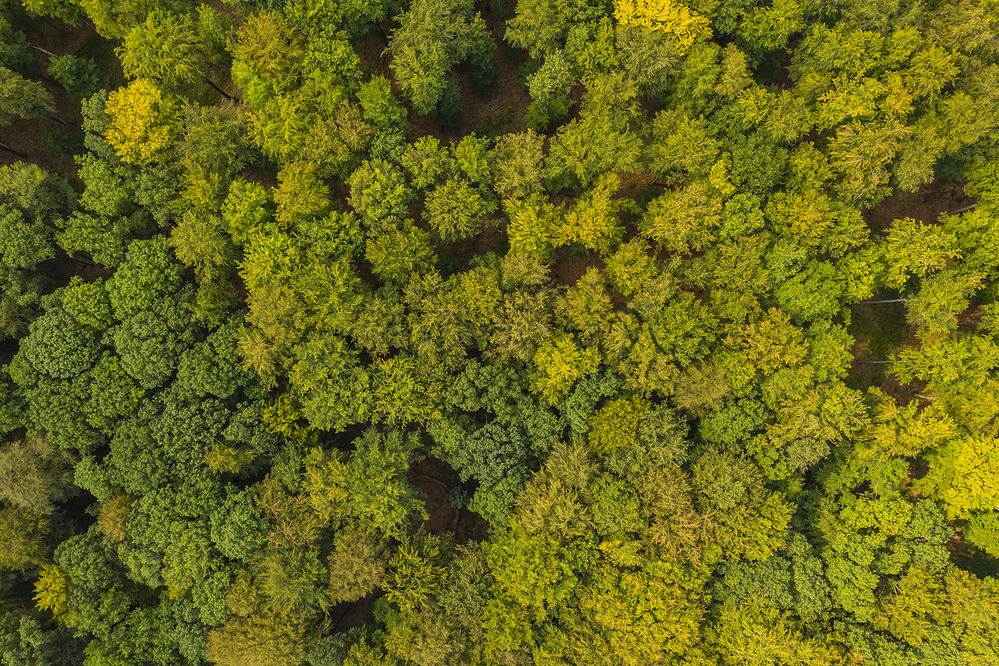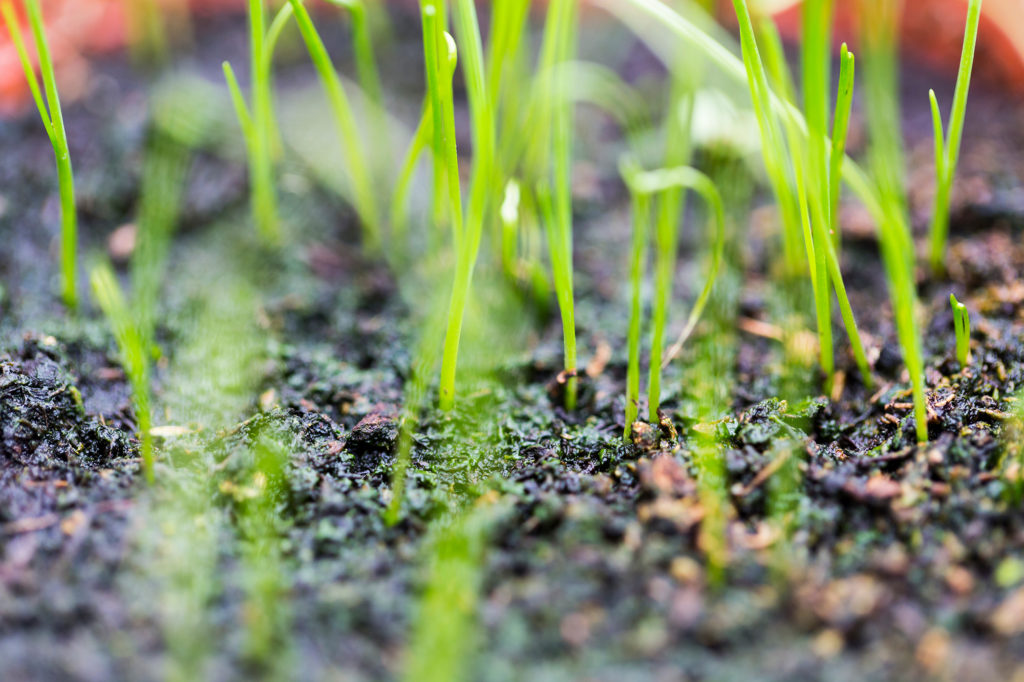6 Environmental Monitors
Continuous environmental observation over long periods of time is an important basis of Earth system research. It’s an important tool to distinguish short-term events from long-term trends. Most of the observation data flow directly into scientific research. Using and processing continuously incoming observational data, however, is also an opportunity to visualize current environmental developments of public interest, e.g. on droughts, storm surges or earthquakes. Helmholtz Research Field Earth and Environment provides several such environmental monitors, a selection of which can be accessed by the links below.







